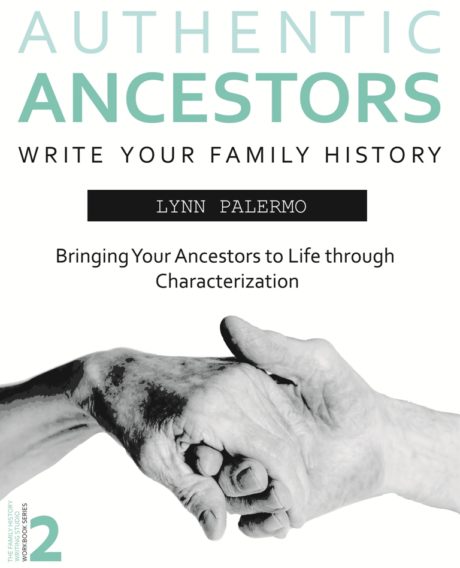You’ve chosen your Protagonist Ancestor, and now it’s time to structure his or her story in a format that will keep your readers entertained and engaged from beginning to end.
Every main character in a story has a goal that is ultimately the heart of the story. A reader stays with a story to see if the main character reach their goal. Your ancestor’s goal is motivated by something in their life, usually in their history, an experience, or event that may of had a substantial impact on them and their actions. In addition, if they didn’t achieve their goal, they fear a loss. It could be an external loss such as in a material item, money or land, or even the loss of life, or it could be internal losses, such as respect or honour.
Before you begin to write your story, it’s important to recognize the goals, motivations and stakes of your ancestor. They are critical to not only understanding them but also in shaping their story.
I love these next three questions because by answering them you not only identify your ancestor’s goals, motivations and stakes but you understand how they relate to each other.
GOAL – WHAT DOES YOUR ANCESTOR WANT?
MOTIVATION – WHY DOES YOUR ANCESTOR WANT IT?
STAKES – WHAT HAPPENS IF YOUR ANCESTOR FAILS TO GET WHAT HE WANTS? WHAT WILL HAPPEN? WHAT COULD HAPPEN IF YOUR ANCESTOR HAD FAILS TO MEET HIS GOAL?
Let’s look at each of these elements individually.
Goal – There are any number of material and or emotional desires we seek; these are our goals. Your family history story needs a goal, which means your Protagonist Ancestor needs a goal. Where do I find the goal of my ancestor? Look at the actions in their lives. Look at the events on their timeline, did they emigrate, why? Did they own a great deal of land, did they fight in a war, did they become famous, or influential in politics, did they have a large family? Our ancestor’s actions are clues to what they valued in life, their goals, the wants or desires that they put most of their effort towards.
Does your ancestor want something so badly that they are prepared to destroy or be destroyed to attain this goal? To make sacrifices? To take risks? Did they join the army because they believe in the cause? Did leave the country because they didn’t support the cause?
Of course, not all goals are created equally, the bigger the goal, the bigger the story, the bigger the story, the more compelling the read. Try to find a goal that you feel will provide a big story that will engage your family. Stop thinking of your family history as a chronological timeline of events, but rather a desire, a want, with obstacles to overcome on the path to it.
Motivations – Once you’ve determined the purpose of your story, the next step is to understand their motivation. Why did your ancestor have this particular goal? Each and every human being who walked this earth had wants, desires that were driven by a motivation. Through your research, you wish to understand what that motivation may be. For example, if your ancestor’s goal was to own land, what in their history, their past motivated that desire? Look at motivation as the back story to the want.
Stakes – What happens if your ancestor does not fulfill his goal? The stakes are why we keep reading, if there is nothing at stake, no risk then there is little reason to keep turning the page. Of course, not all stories are life-or-death. Again big stakes produce significant stories. While the risks may not necessarily be life or death, our ancestors faced some very real stakes. For example – war, poverty, deportation, inscription, jail, poorhouses are only a few of the outcomes that may have occurred if they had not taken actions towards their goals.
Identify the goals, motivations and stakes of your ancestor and you have identified the heart of their story, along with the elements on which to shape your family history story plot.

